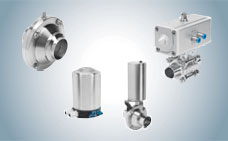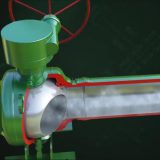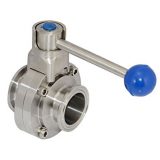When it comes to the valve, we think we all know more or less about it. But there are few people who really know what a valve is and how it works. Let’s take a look at the know-how of a particular valve. Generally, all valves are similar in configuration despite having different characteristics and performance parameters. A valve is a device for controlling and manipulating the flow of fluid to a system by opening, closing, or partially obstructing the passage of the fluid to be passed through. The main parts of a valve consist of: body, orifice, disc and rotor, seat, stem, cap and spring etc. The majority of the outside of a valve is called the body. The body includes the housing or container through which the fluid passes. Valve bodies are usually made of different metals such as: cast iron, stainless steel etc. or plastic too.

The opening or closing ends are called ports. There are two or more ports on a valve. The port is something through which fluid can enter or exit the valve. The disc is often explained as a blocking element in the passage of the valve. The body of the valve is static, but the disk is mobile in nature to control the flow of fluid in the system, whether partially or completely. Today’s records come in many forms. The valve seat is the inner part in the body that forms a seal when in contact with the disc to prevent fluid from flowing. It is important to ensure that the valve seat is waterproof. Hard seats are an integral part of the valve body. Most hard metal valves have low leakage. The soft seats are made of a softer material like the PTEE and are mounted on the body of the valve to make it waterproof.
A rod is a rod-shaped part connecting the inside and the outside of the valve. As fixed with the disc, the rod transmits the internal disc or rotor to block and release the flux when necessary. Outside the rod is attached with a handle to operate the starter valve at rest or vice versa. Bonnet acts essentially as a cover for the body of the valve. It is an optional part of any valve. This has nothing to do with the operation of the valve. The internal elements of a valve are collectively referred to as valve packing. The lining consists of the shank, the seat surface in the body, the door sill surface, the disc or the rotor and other small internal parts. Having a detailed technical knowledge will help you when selecting your sanitary valves.


